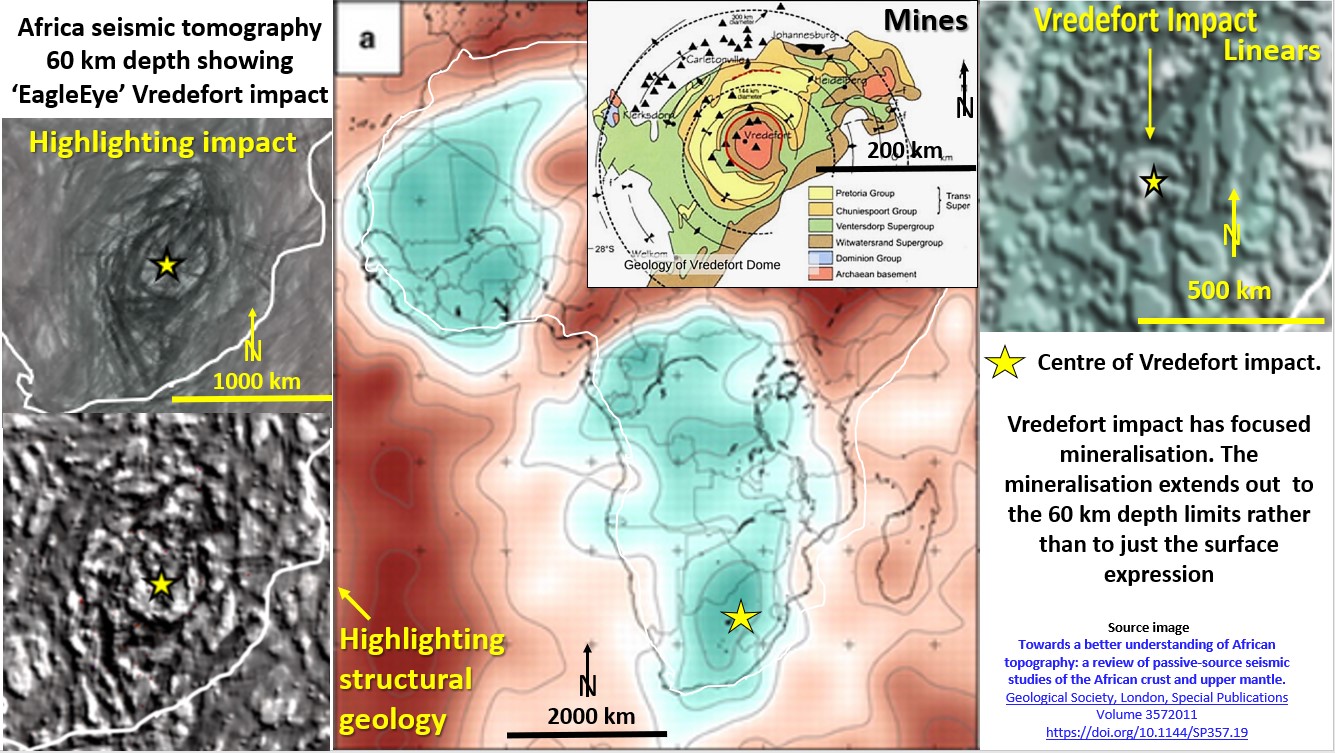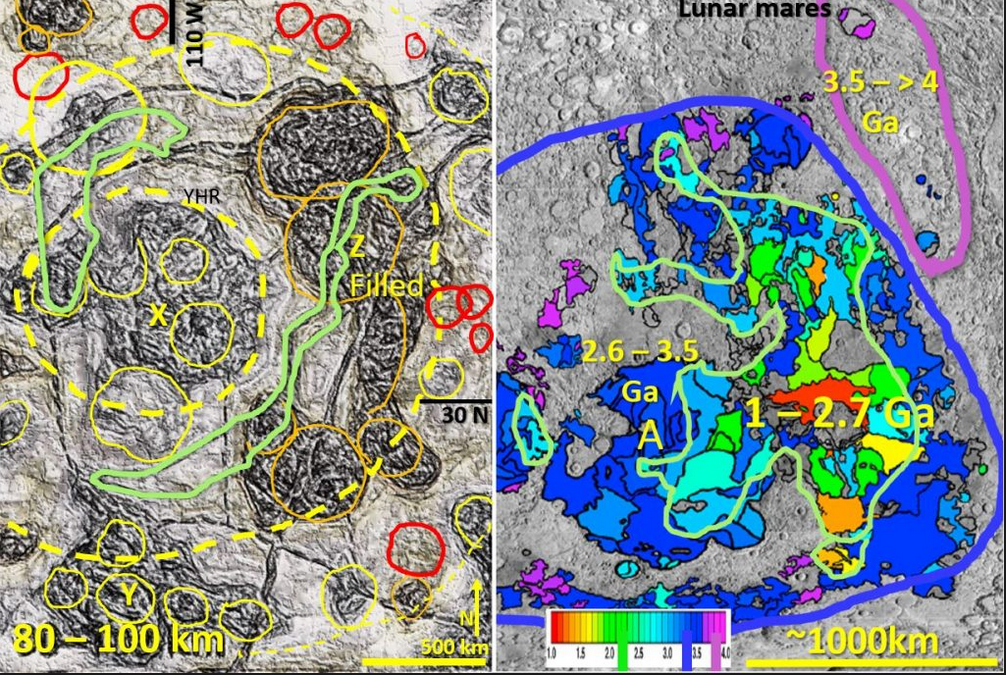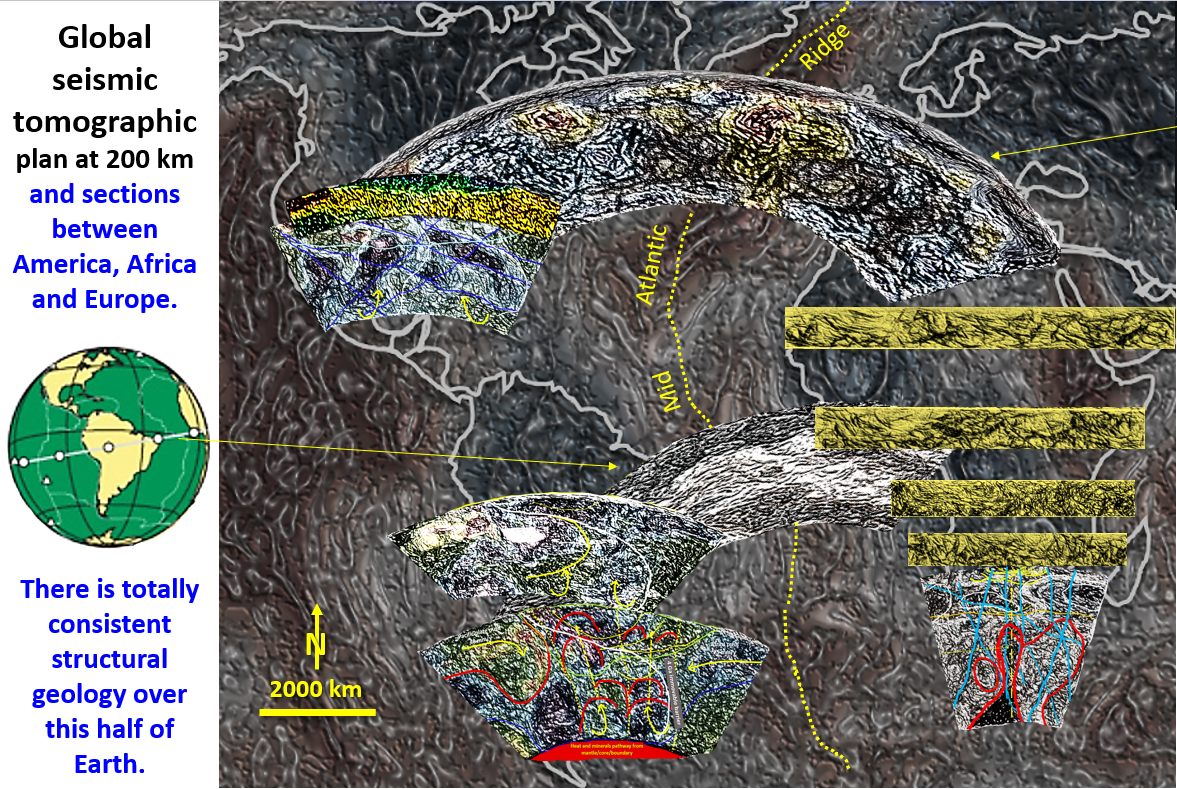EagleEye enhancement, a few examples of ultra-enhancement of verifiable, well researched structures.
Bob Watchorn’s EagleEye technology has conclusively defined well known identifiable structures which are shown below in 2.5D . My research is done mainly for the economic benefit of exploration targeting. … [Read More]



